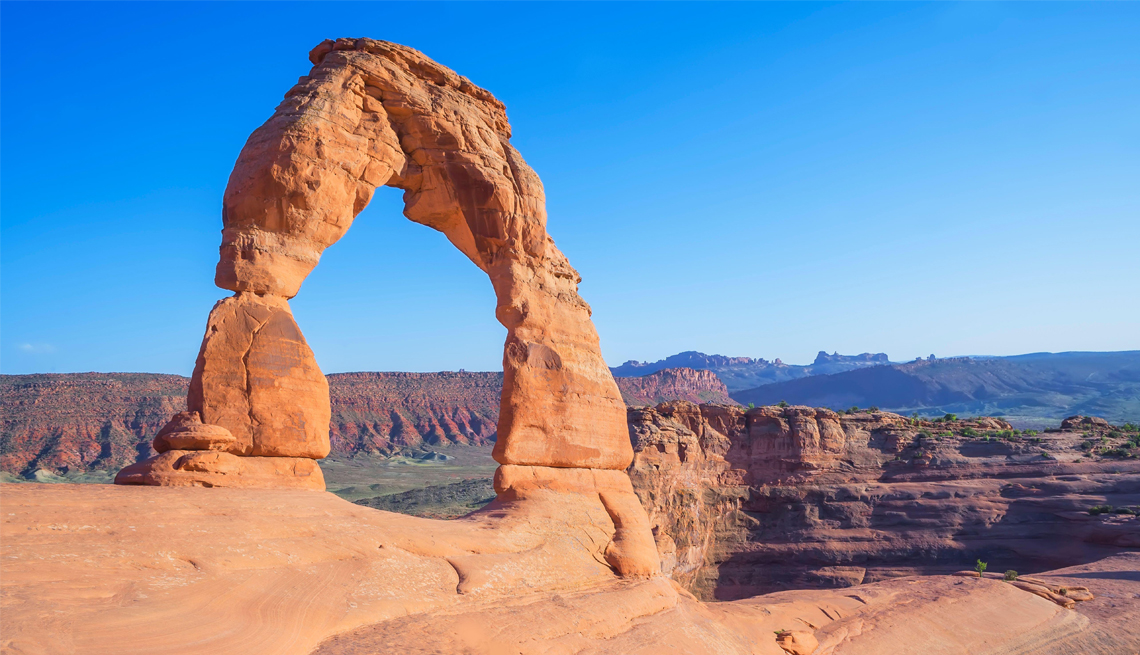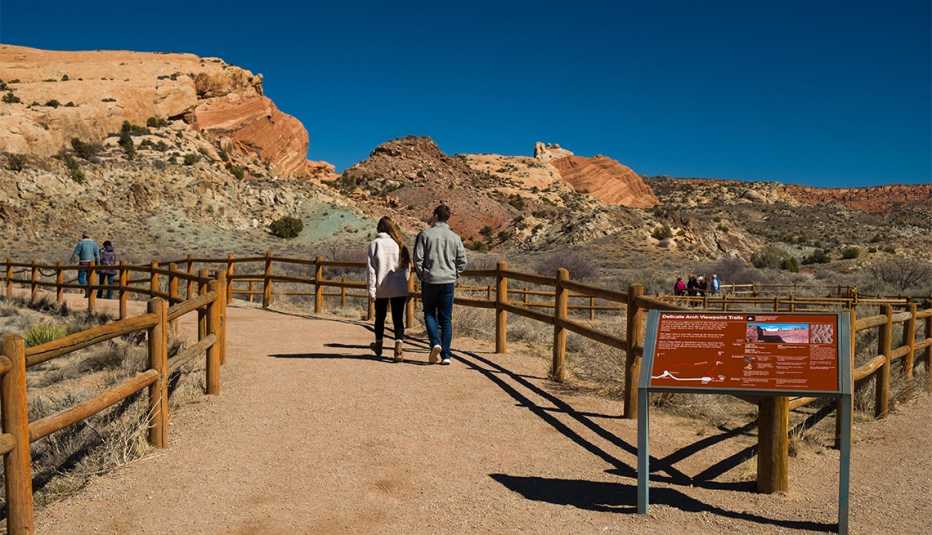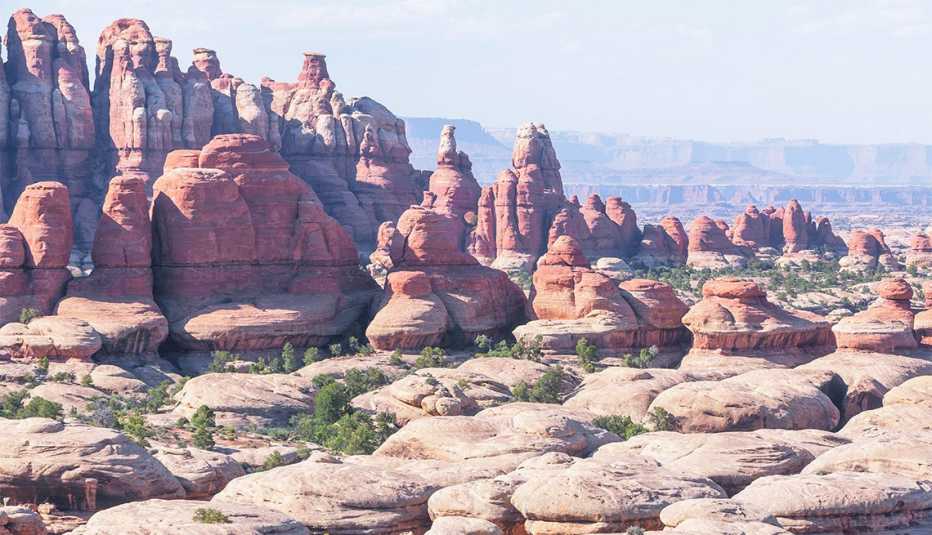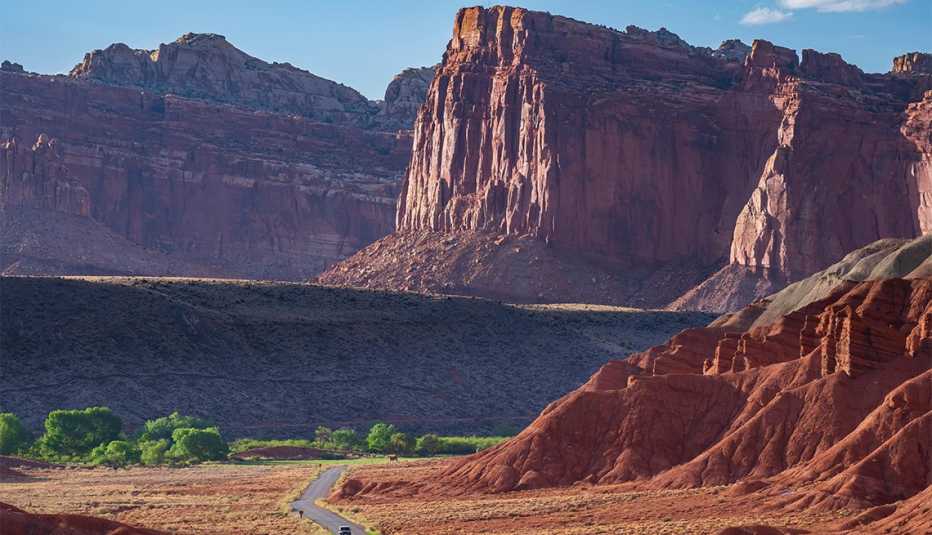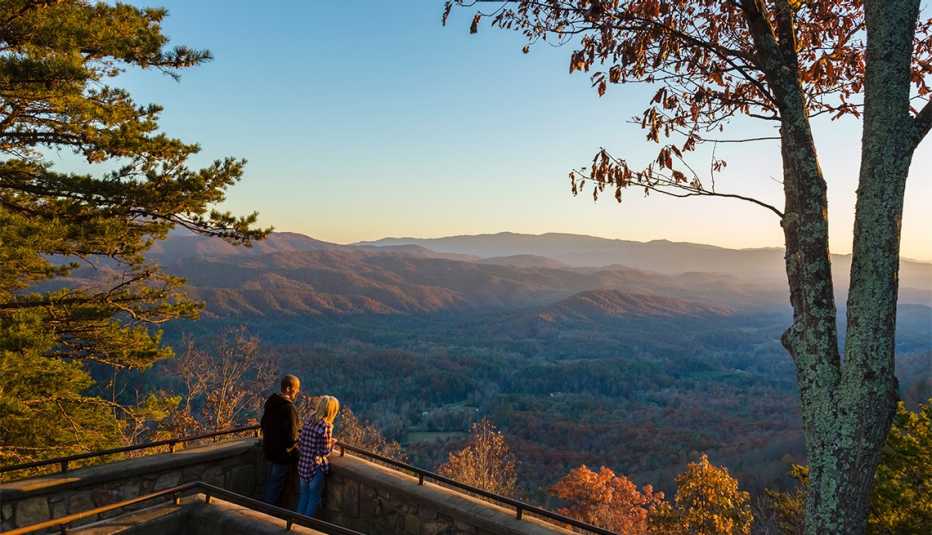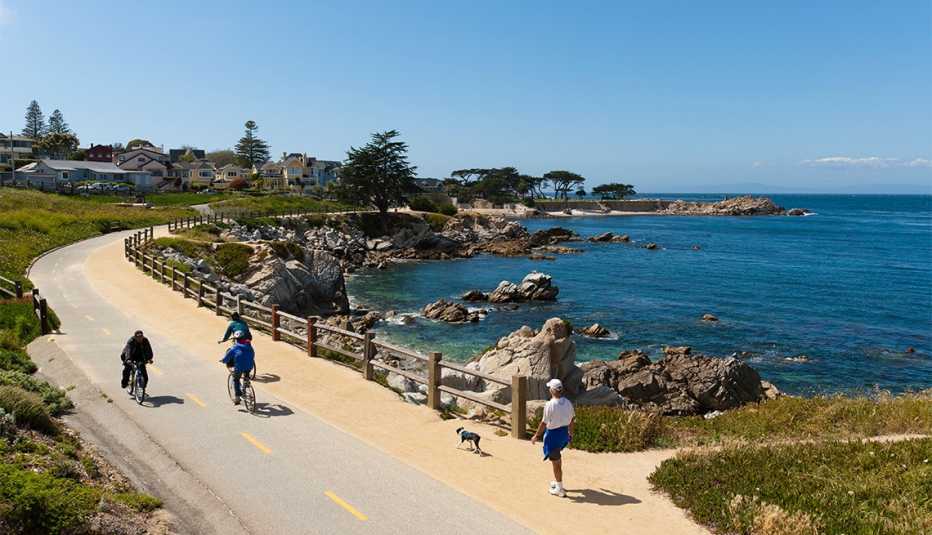Staying Fit
Professional photographers and camera-toting travelers flock to eastern Utah’s Arches National Park (ANP) to marvel at its striking namesake geology created by millions of years of extreme temperatures, underground salt movement and elemental erosion. With more than 2,000 arches spread across 76,519 acres of red rock and blue sky, no place on Earth hosts a higher concentration of natural sandstone archways. These “miracles of nature,” as they’ve long been hailed, span from three to a staggering 306 feet in width.


AARP Membership— $12 for your first year when you sign up for Automatic Renewal
Get instant access to members-only products and hundreds of discounts, a free second membership, and a subscription to AARP the Magazine.
Native Americans — including Ancestral Puebloans, Archaic, Fremont and Ute peoples — inhabited the area for thousands of years (petroglyphs provide evidence of their presence). Traders and trappers rode horses through the dusty region in more recent times, but it wasn’t settled until the 1890s when disabled Civil War veteran John Wesley Wolfe and his son Fred built a log cabin and operated Wolfe Ranch. President Herbert Hoover declared the area a national monument in 1929, and it became a national park in 1971.
Decades later, in 1956 and 1957, famed nature writer and environmental activist Edward Abbey worked as a ranger in what was then a national monument perched high above the Colorado River. Abbey anointed Arches the “most beautiful place on Earth” in the opening line of Desert Solitaire, his classic memoir and love letter to red-rock country.
The grandeur of ANP’s dramatic terrain begins as soon as you enter the park and start cruising the park’s scenic drive, the main thoroughfare, swiftly ascending 500 feet over a series of winding switchbacks. Without warning, stunning geological wonders unveil themselves across the juniper-dotted red landscape: balanced rocks, fins, monoliths, petrified sand dunes, pinnacles and spires. Don’t be surprised if you feel like you’re on a movie set when you hit the road’s first straightaway. Indiana Jones and the Last Crusade and Thelma and Louise were both filmed inside the park.
From the park’s scenic drive, you can easily experience ANP’s most significant arches and viewpoints in one day. You’ll likely have plenty of company: This awe-inspiring red-rock wonderland attracted 1.7 million people in 2021.
At the end of this story you’ll also find information on nearby Capitol Reef and Canyonlands national parks.
Reservations
To control the crowds this year, ANP is introducing a new timed-entry program that will run from April 3 to Oct. 3, 2022, with reservations available three months in advance of a visit date on recreation.gov (new reservations will become available once a month; see the park’s site for details). Each reservation, which includes all passengers in a vehicle, gives entry to the park during a one-hour time slot from 6 a.m. to 5 p.m. daily (visitors can then stay as long as they like that day). Guided tours are exempt from the reservation requirement, as are those who visit on foot or bike.

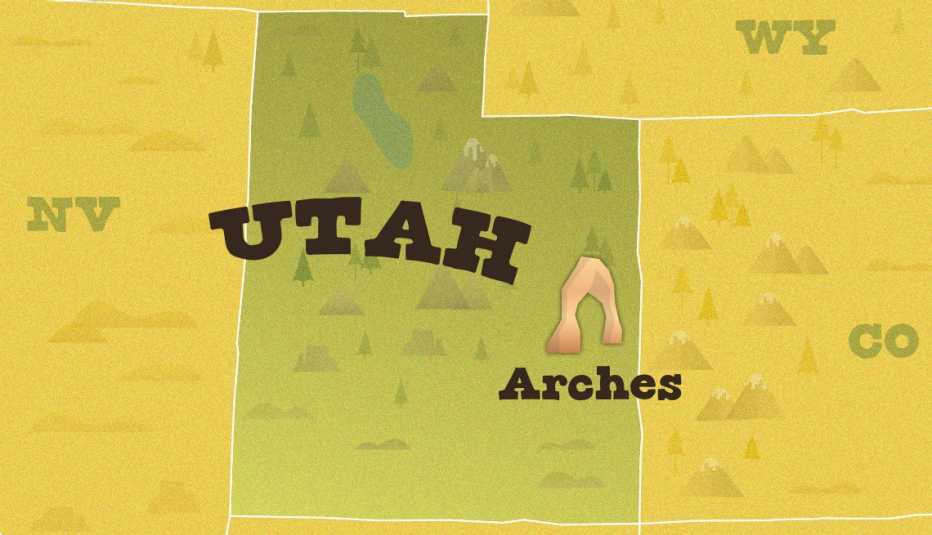
Fact Box
Location: Eastern Utah, about 230 miles southeast of Salt Lake City
Acreage: 76,519
Highest point: Elephant Butte, 5,653 feet
Lowest point: Visitor Center, 4,085 feet
Miles of trails: 28
Main attraction: 2,000-plus natural sandstone arches
Cost: $30 per vehicle, valid for seven consecutive days; $20 for an annual Senior Pass (62+)
Best way to see it: By car along the scenic drive
When to go to avoid the crowds: November through February (if you want solitude and arch photos sans the tourists)
How to get in: ANP is introducing a timed-entry program in April. Visitors will be able to book park reservations three months in advance through recreation.gov
Plan Your Trip
ANP is 110 miles southwest of Grand Junction, Colorado, where you’ll find the closest major airport. Most visitors, however, fly into Salt Lake City — a larger hub with direct flights from multiple U.S. cities — and drive 230 miles southeast to the town of Moab, the gateway to the park. (Fifteen minutes outside of Moab, Canyonlands Field Airport services seasonal flights from Denver and Salt Lake City, but the schedule is limited and rental cars are in short supply).
The park is open year-round but attracts the most visitors between March and October. Peak tourist months are July and August, despite triple-digit temperatures most days. If visiting during this time, be sure to pack a hat, water bottle and sunblock. Pro tip: Arrive between 7 and 8 in the morning or 3 and 6 in the afternoon for cooler temperatures and any chance of a tourist-free arch photo; otherwise, expect long entrance lines into the park, limited parking at viewpoints and crowded trails.
April, May, September and October are the optimal time to visit, with smaller crowds and daytime temperatures ranging from the upper 50s to 80s. If you can brave the cold, November through February will reward you with big savings in Moab and plenty of solitude in the park.
No matter when you visit, dress in layers because you’re in the high desert (4,085 feet elevation at the park entrance), where temperatures can fluctuate as much as 40 degrees on a given day and are considerably cooler morning and evening.
Five miles north of Moab, the park’s lone visitor center sits directly off U.S. Route 191, just beyond the main entrance. Here, fill up your water bottle, shop for souvenirs in the bookstore, pick up free maps and learn about ranger-led programs scheduled spring through fall.
There are no shuttles or public transportation to or in ANP, so you’ll need your own vehicle. The 18-mile-long scenic drive runs through the heart of the park, beginning at the entrance and ending at the Devils Garden Trailhead. The picturesque route provides access to ANP’s most outstanding rock formations and trailheads, plus panoramas of the snowcapped La Sal Mountains. You can drive it in about three hours, including 10-minute stops at each viewpoint. Be sure to start early in the day, as parking lots along the way get crowded quickly.



























































